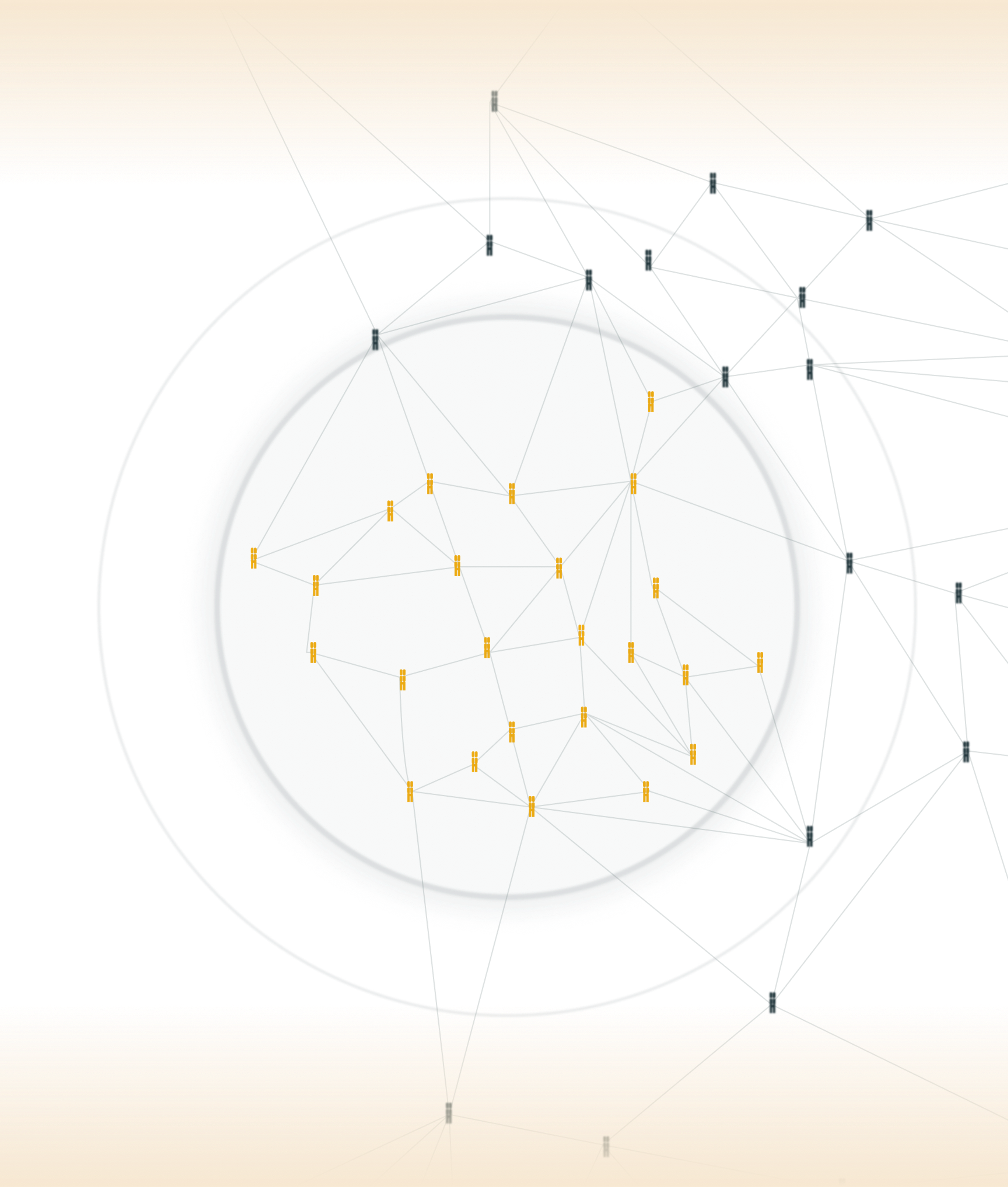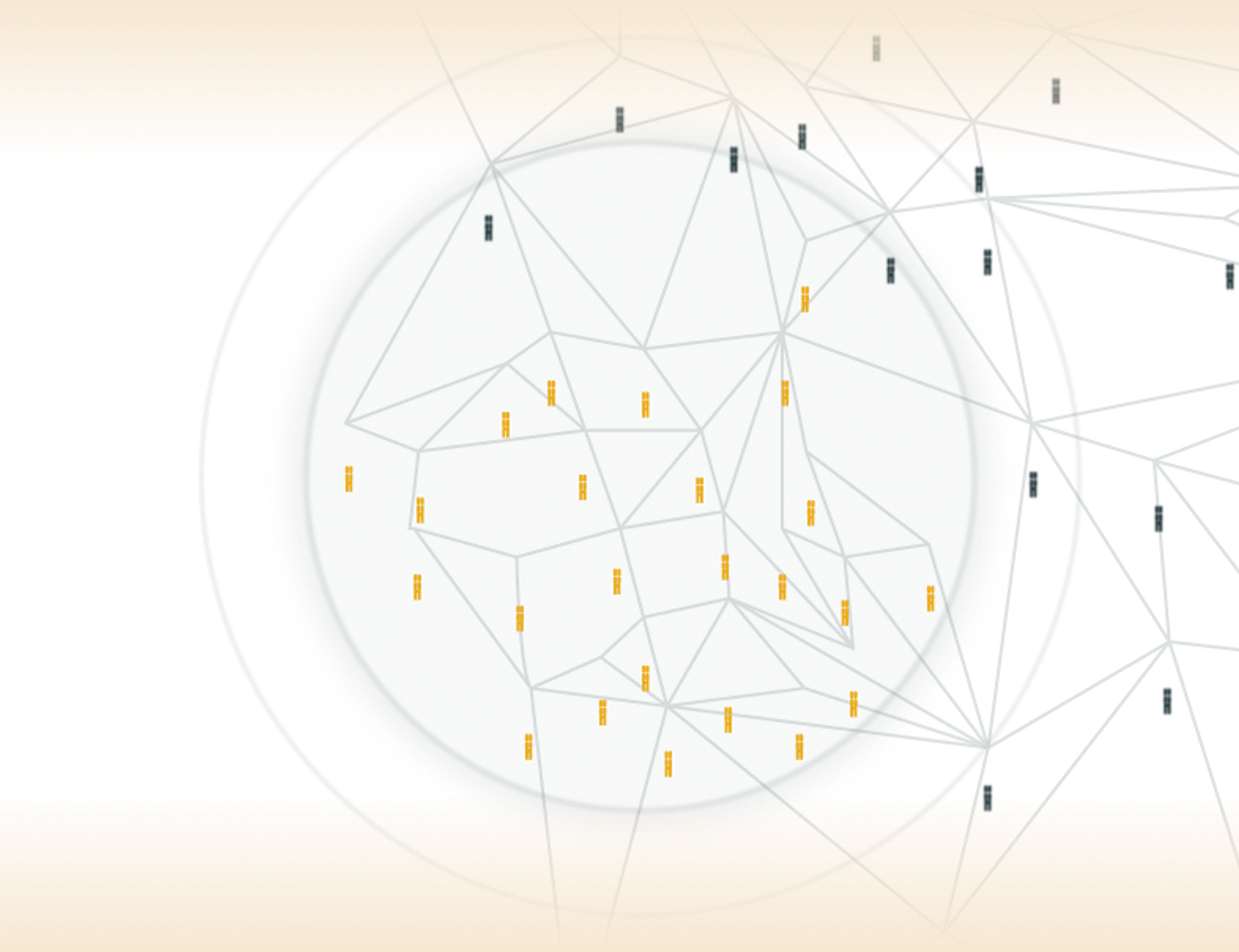Our approach
Developing a new liquid biopsy technology for cancer early detection that uses tumor immune surveillance by T cells.
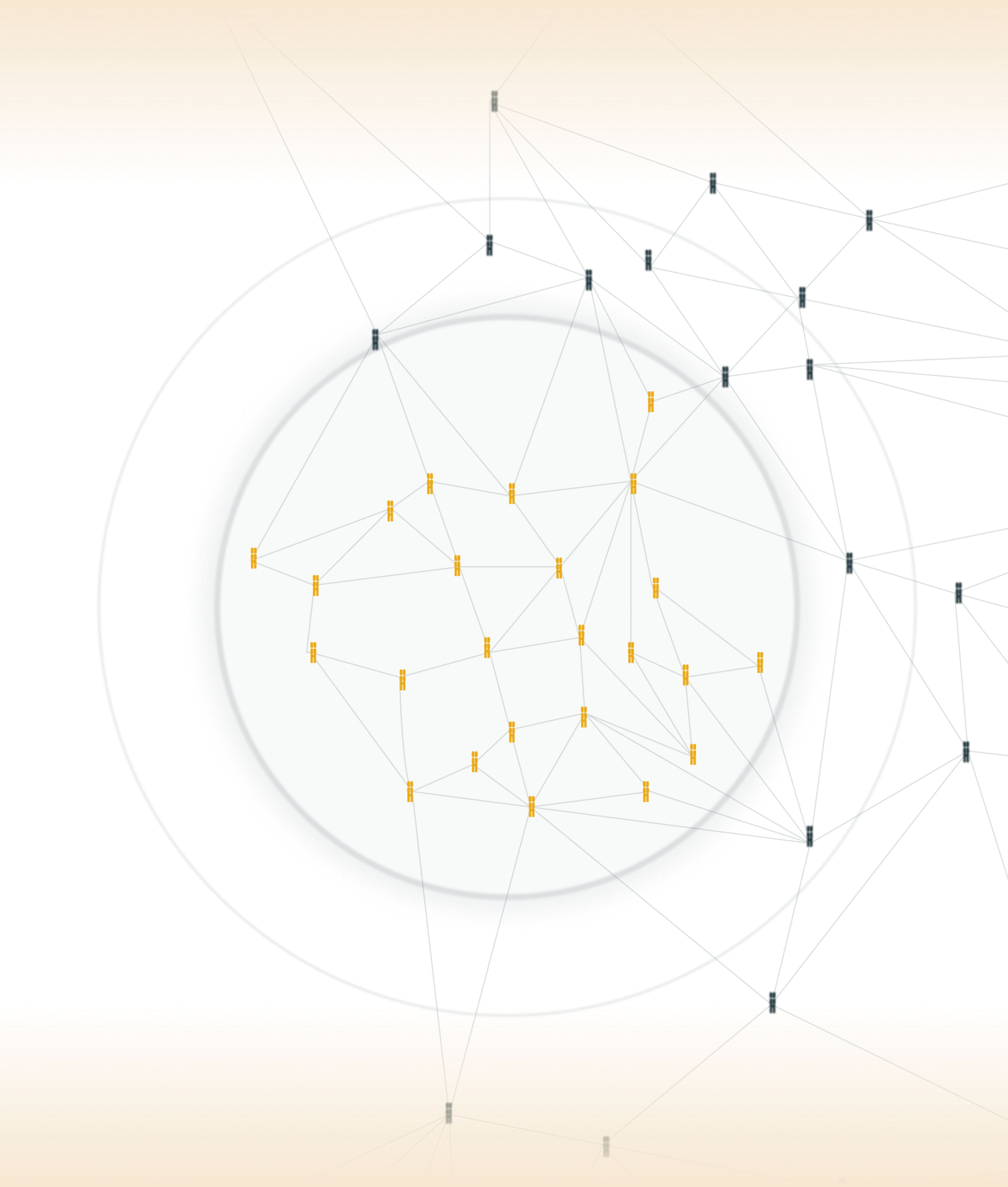
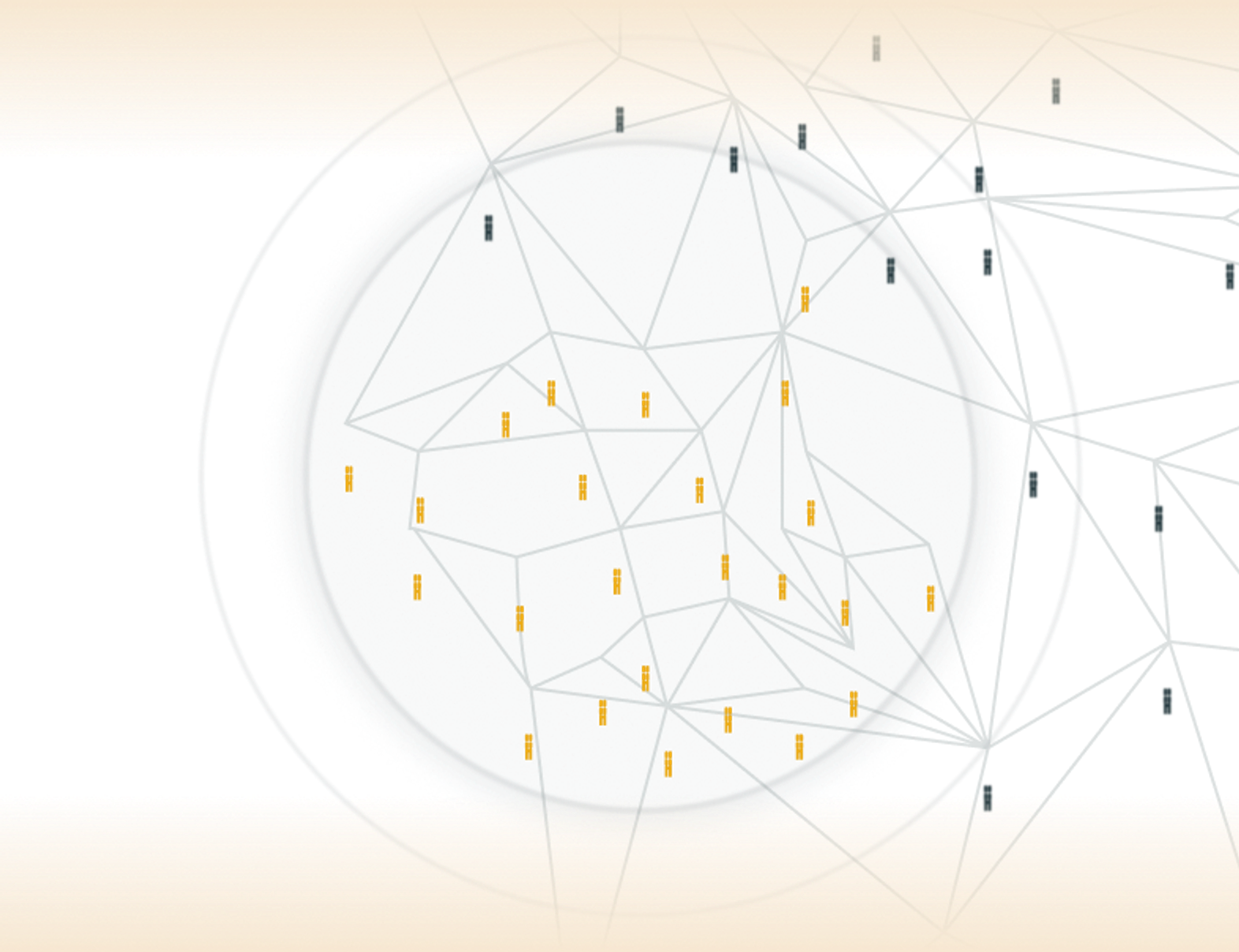
Cancer detection using T-cell responses is enabled by research into tumor infiltrating and circulating T-cell receptor (TCR) repertoires
This research, led by our academic founder Bo Li and other scientists in the field, has resulted in accurate and scalable algorithms for identifying related (similar by sequence) TCRs in large databases of T-cell receptors. These advances enable a new methodology for studying T-cell immune responses in early, asymptomatic conditions such as small, localized cancer by allowing aggregation of signal across similar T-cell receptors into TCR repertoire functional units (“RFUs”). Serum uses this TCR RFU approach for liquid biopsy applications.
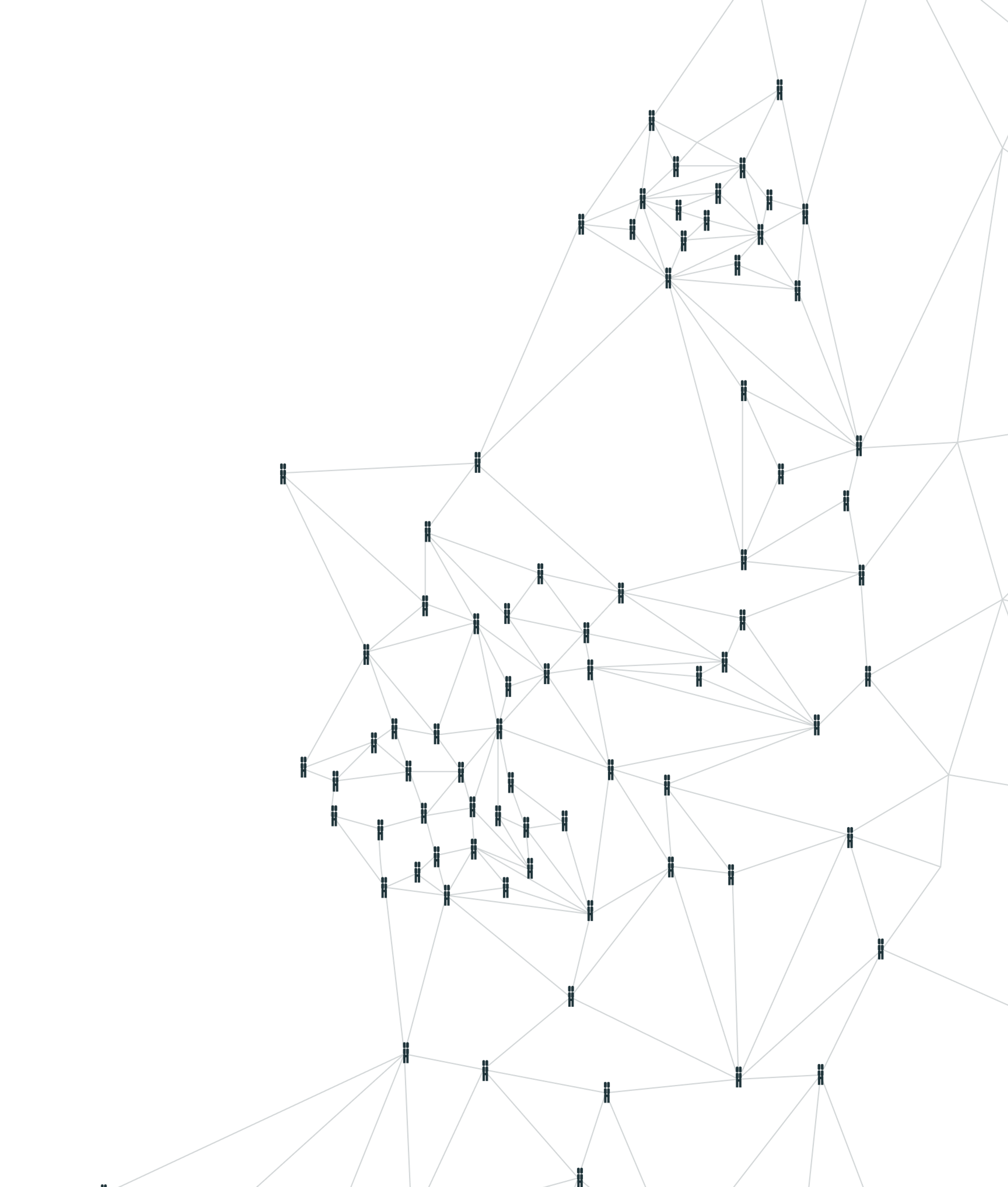

Step 1: Generate TCR data
We discover TCR repertoire functional units for cancer early detection by first generating deep, comprehensive circulating TCR sequencing data on cancer patients and matching non-cancer control subjects using a custom NGS assay.
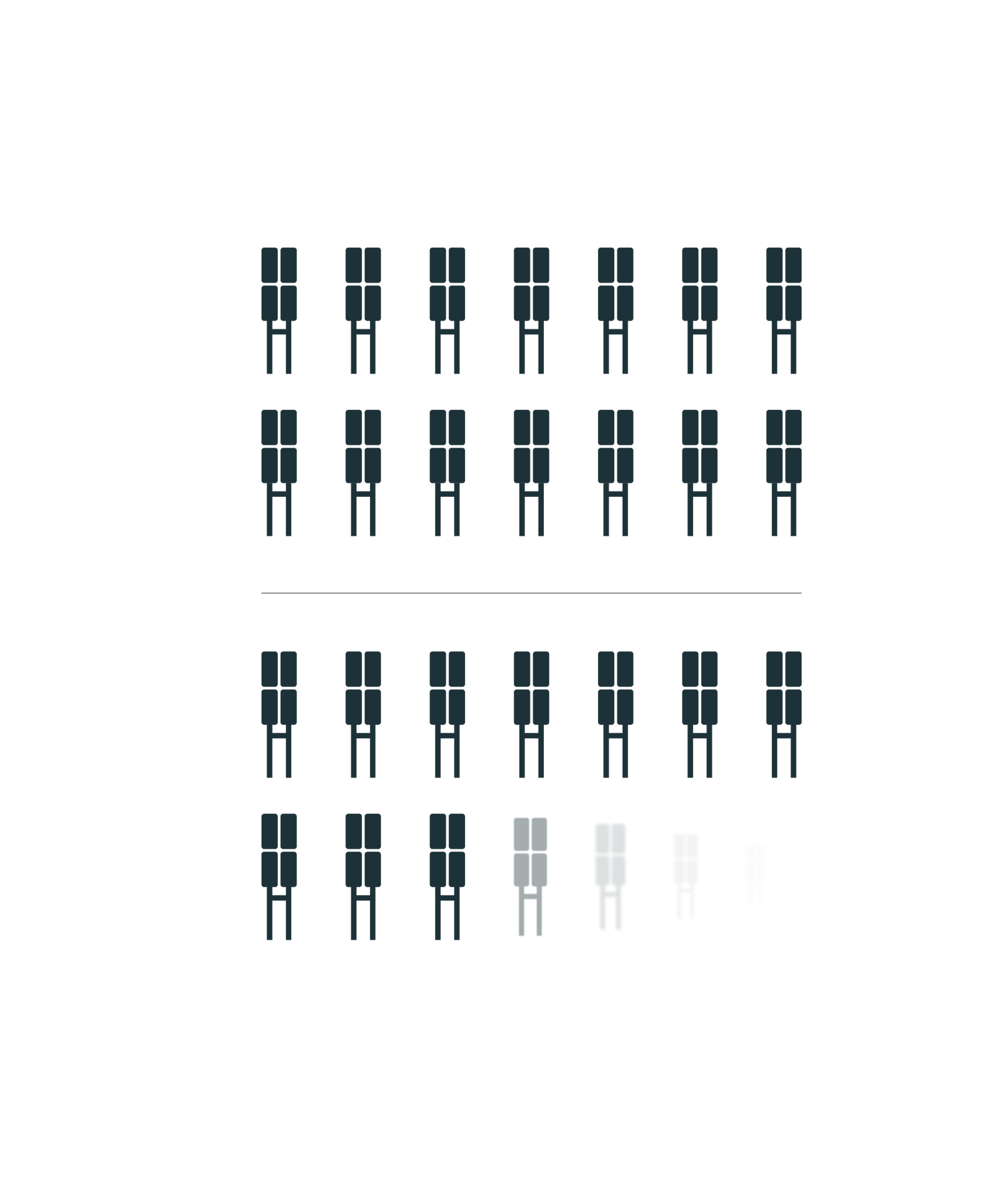
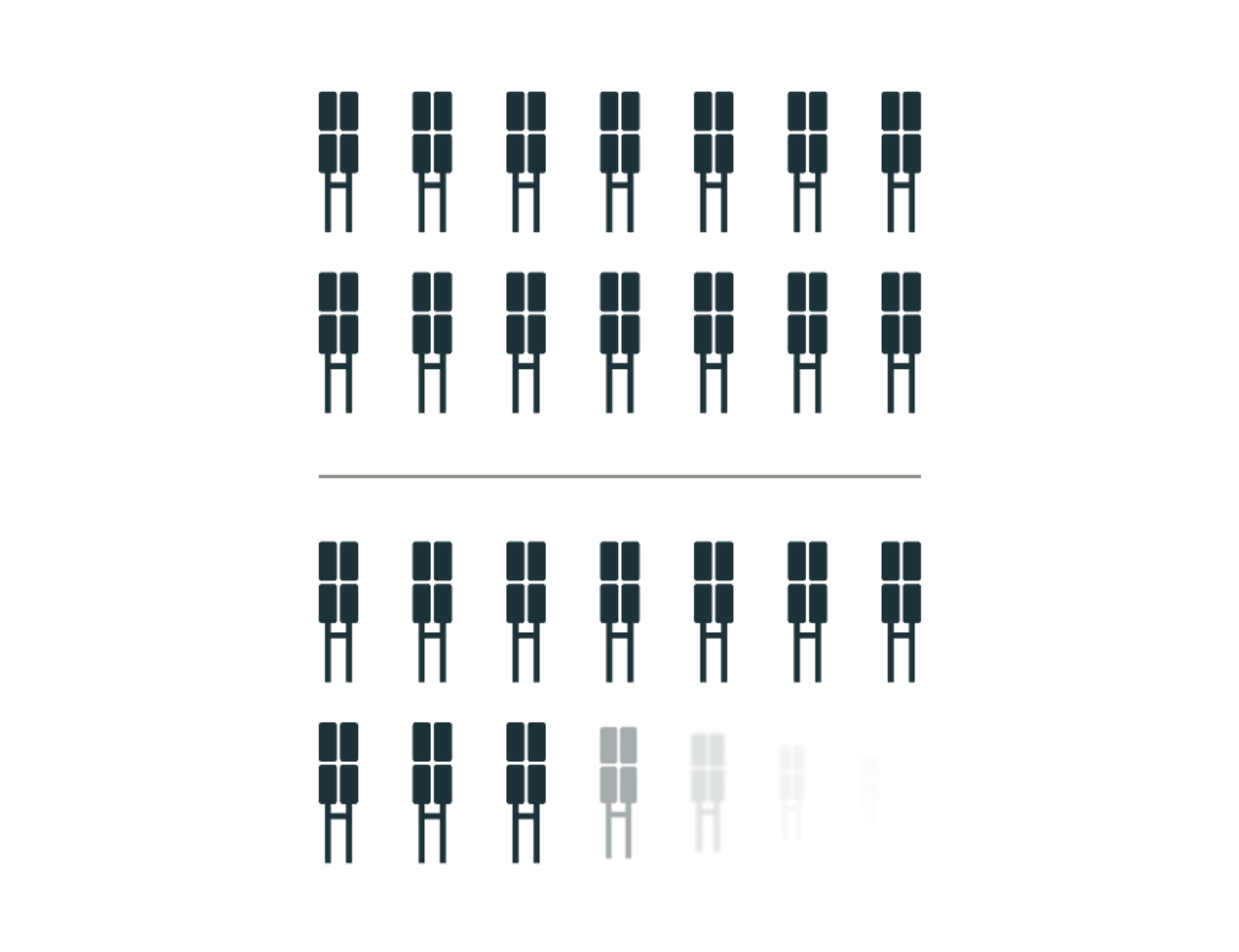
Step 2: Form RFUs
Next, we apply our proprietary computational methods to group TCRs into RFUs, which enables the discovery of RFUs associated with the presence of cancer.
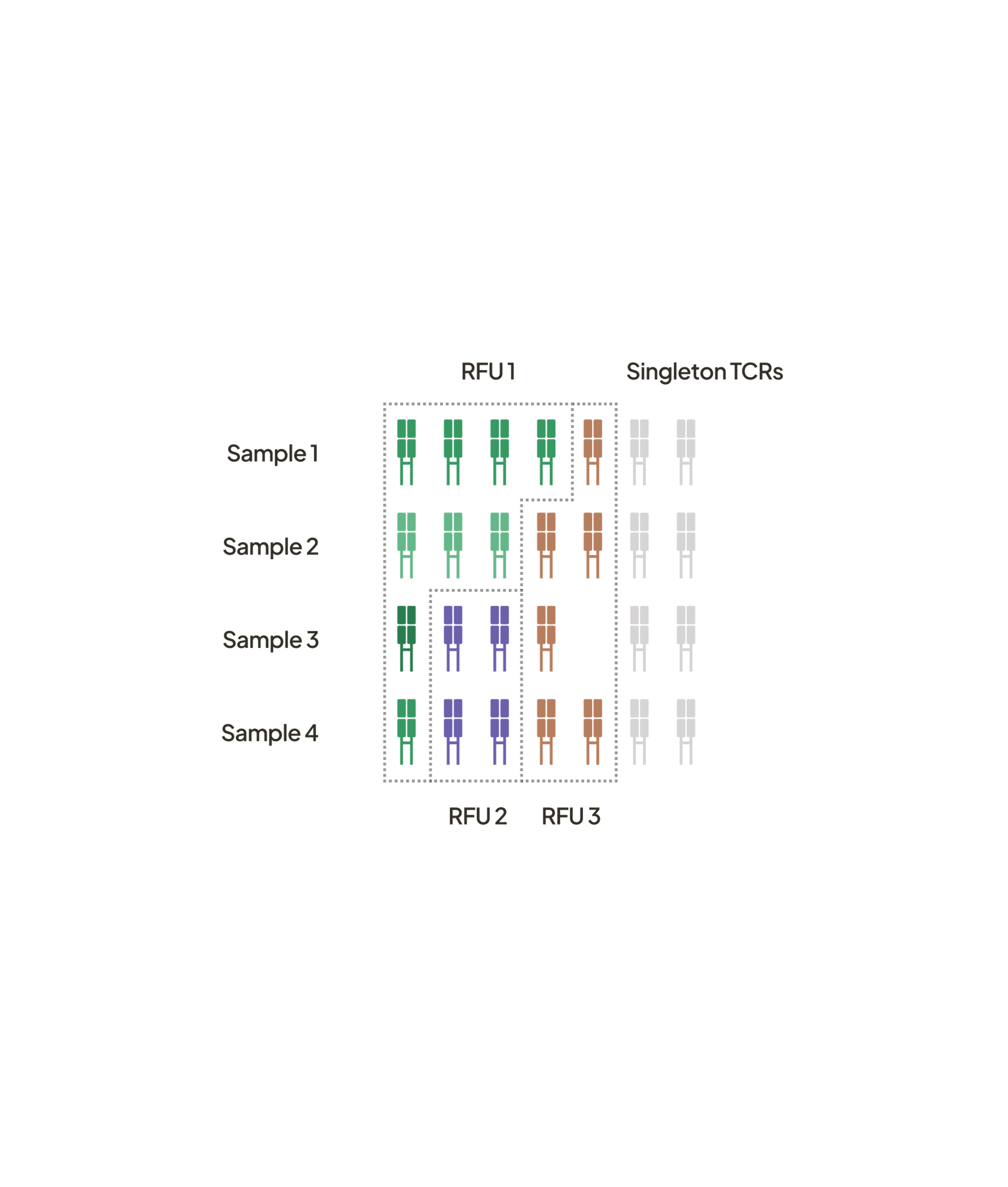
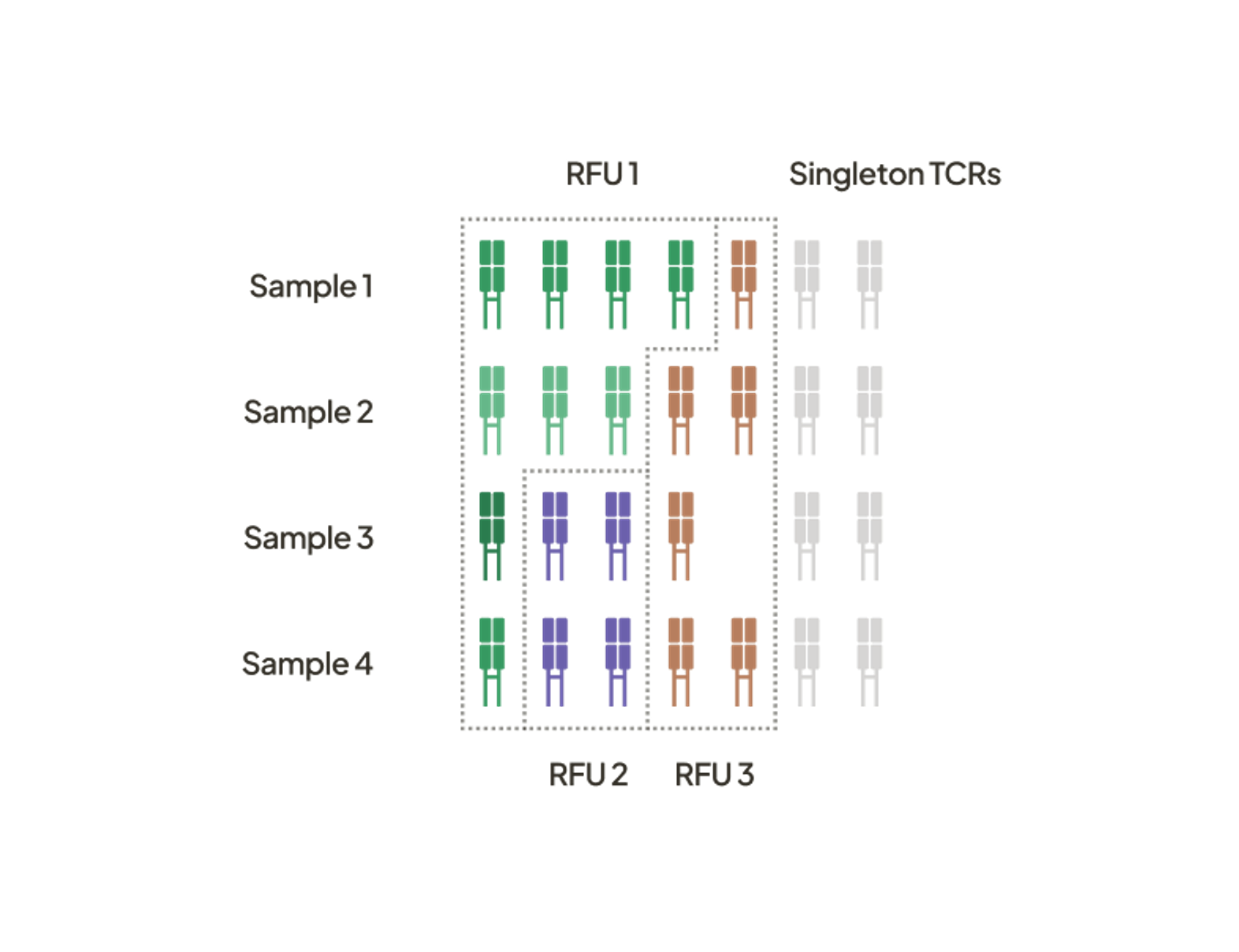
Step 3: Test RFU association with cancer
With the RFUs defined, TCR counts within each RFU are compared between patients with cancer and non-cancer control subjects. Those RFUs with statistically significant increases or decreases of the number of TCRs associated with subject cancer status are the cancer associated RFUs.
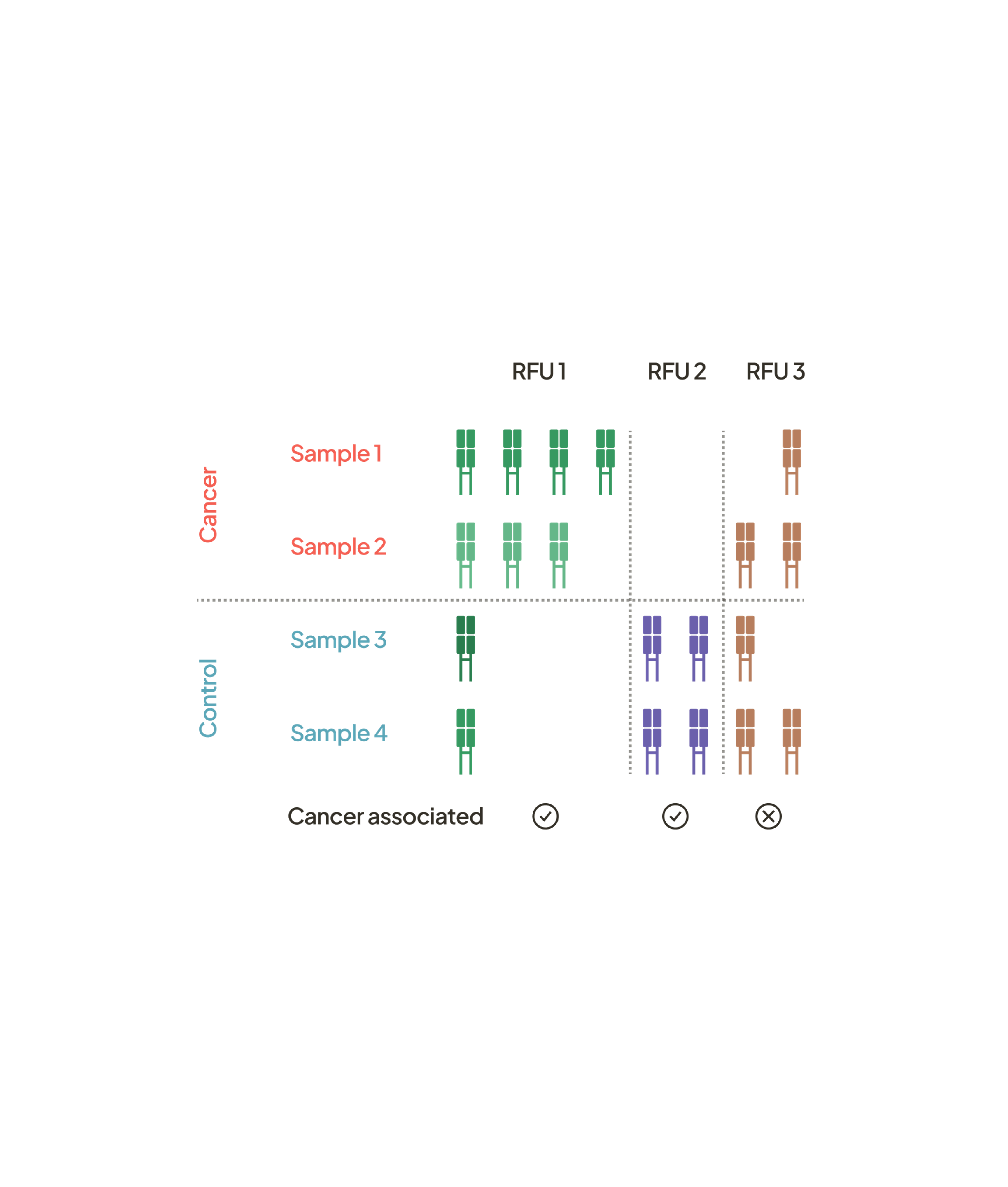
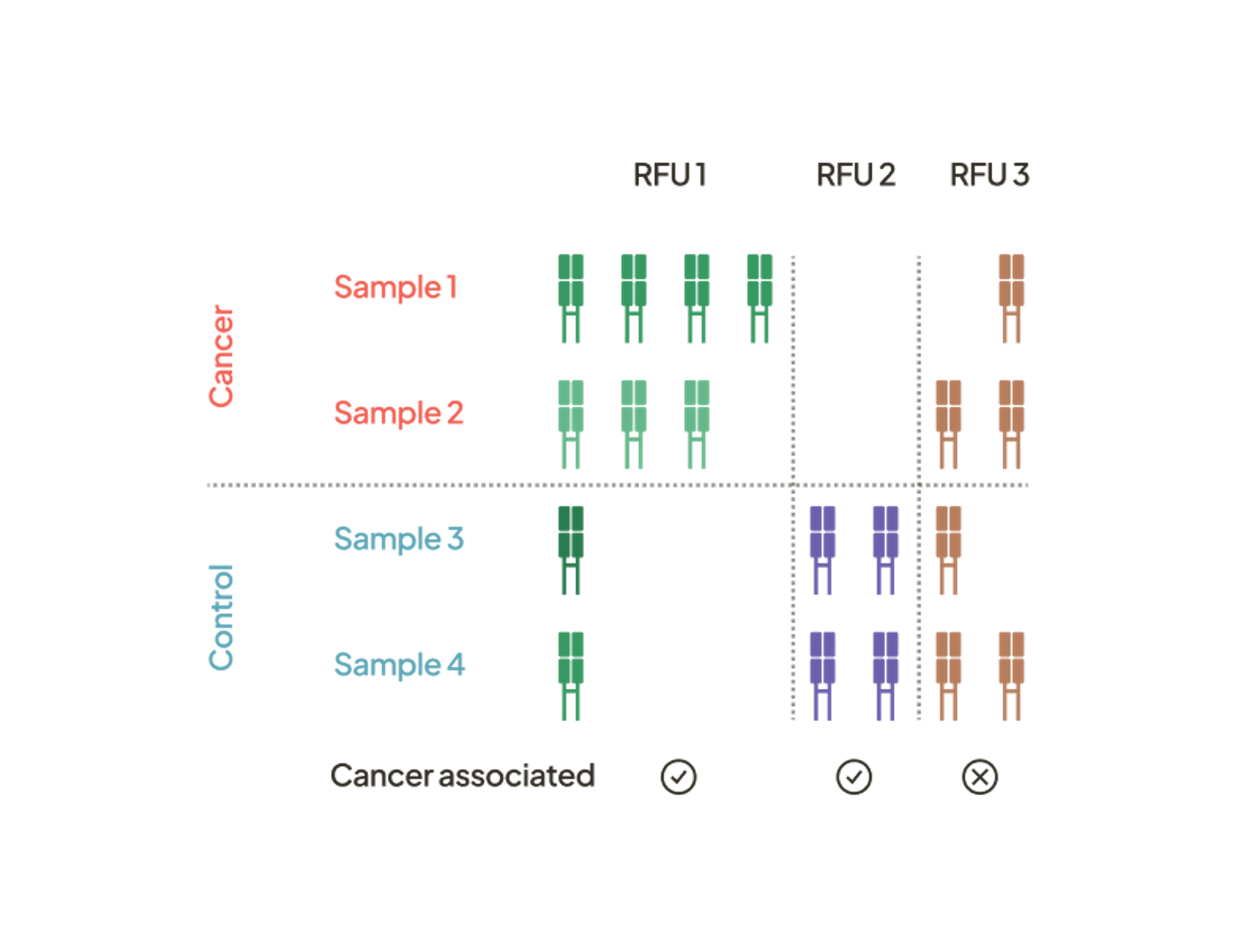
Step 4: Use cancer associated RFUs to detect cancer
These cancer-associated RFUs are then combined by a machine-learning (ML) model to predict cancer status. This model then generates a cancer score from sequencing of circulating T-cell receptors, which can be used for cancer early detection as part of a comprehensive liquid biopsy approach.
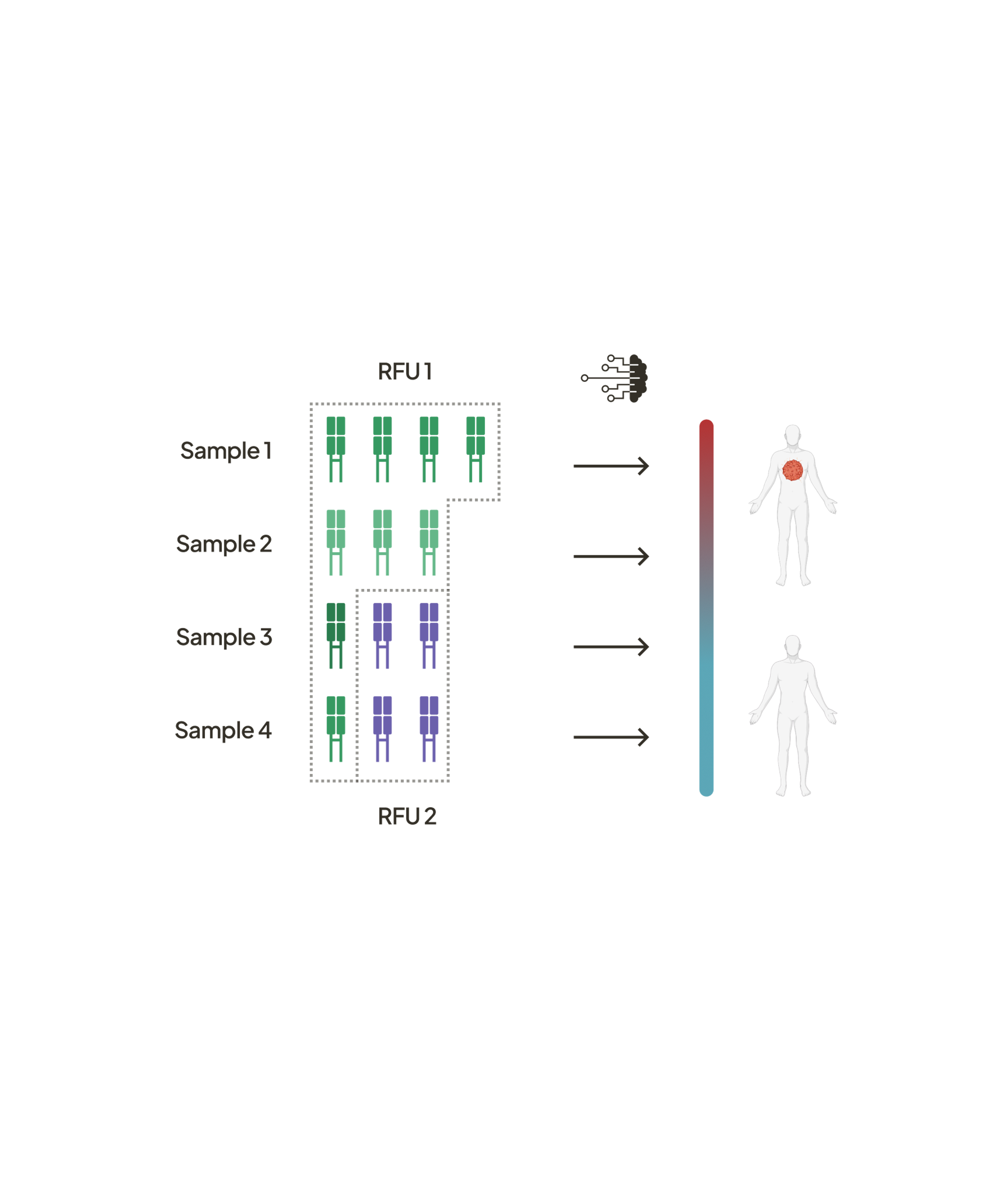
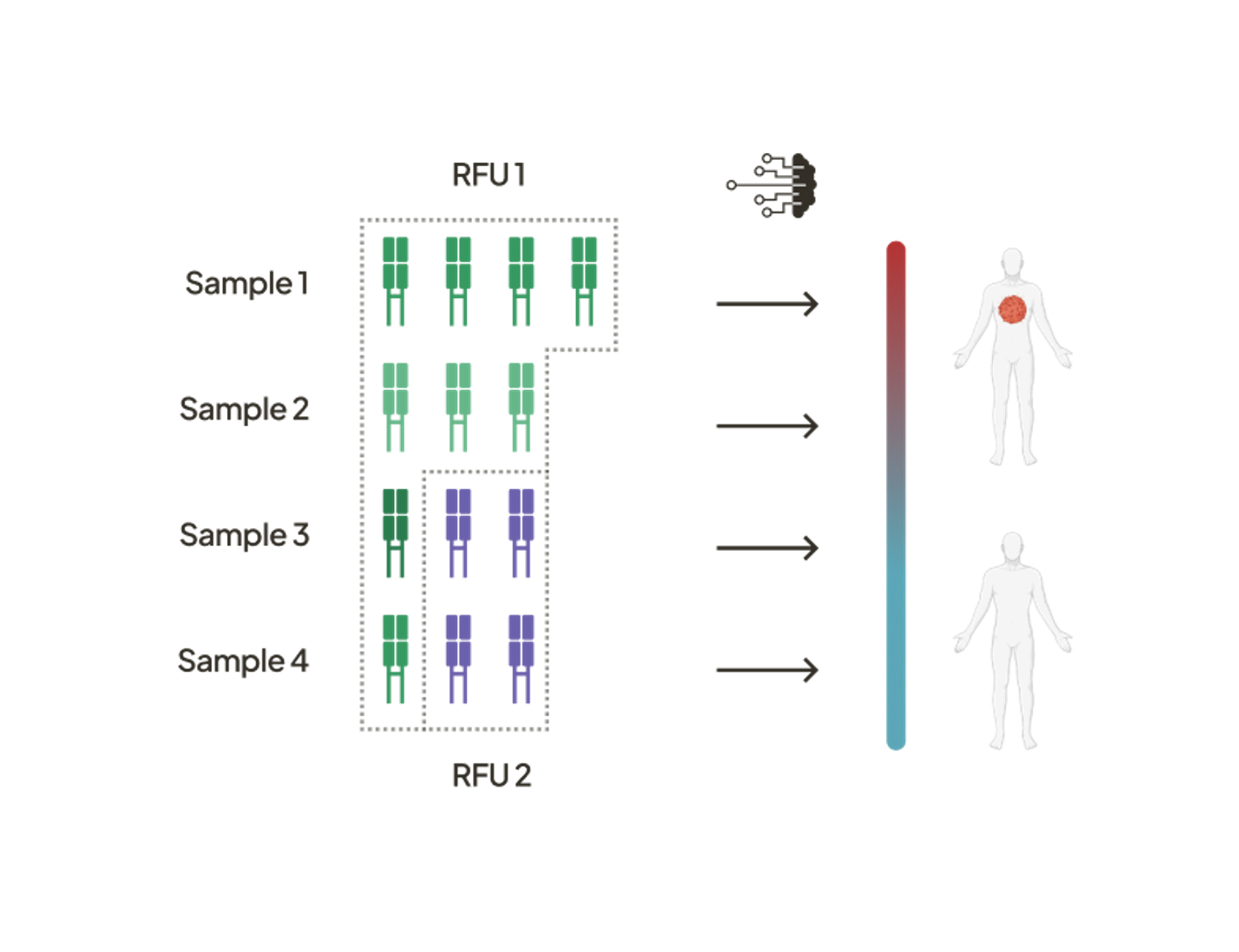

Our approach
Developing a new liquid biopsy technology for cancer early detection that uses tumor immune surveillance by T cells.

Cancer detection using T-cell responses is enabled by research into tumor infiltrating and circulating T-cell receptor (TCR) repertoires
This research, led by our academic founder Bo Li and other scientists in the field, has resulted in accurate and scalable algorithms for identifying related (similar by sequence) TCRs in large databases of T-cell receptors. These advances enable a new methodology for studying T-cell immune responses in early, asymptomatic conditions such as small, localized cancer by allowing aggregation of signal across similar T-cell receptors into TCR repertoire functional units (“RFUs”). Serum uses this TCR RFU approach for liquid biopsy applications.

Step 1: Generate TCR data
We discover TCR repertoire functional units for cancer early detection by first generating deep, comprehensive circulating TCR sequencing data on cancer patients and matching non-cancer control subjects using a custom NGS assay.

Step 2: Form RFUs
Next, we apply our proprietary computational methods to group TCRs into RFUs, which enables the discovery of RFUs associated with the presence of cancer.

Step 3: Test RFU association with cancer
With the RFUs defined, TCR counts within each RFU are compared between patients with cancer and non-cancer control subjects. Those RFUs with statistically significant increases or decreases of the number of TCRs associated with subject cancer status are the cancer associated RFUs.

Step 4: Use cancer associated RFUs to detect cancer
These cancer-associated RFUs are then combined by a machine-learning (ML) model to predict cancer status. This model then generates a cancer score from sequencing of circulating T-cell receptors, which can be used for cancer early detection as part of a comprehensive liquid biopsy approach.


